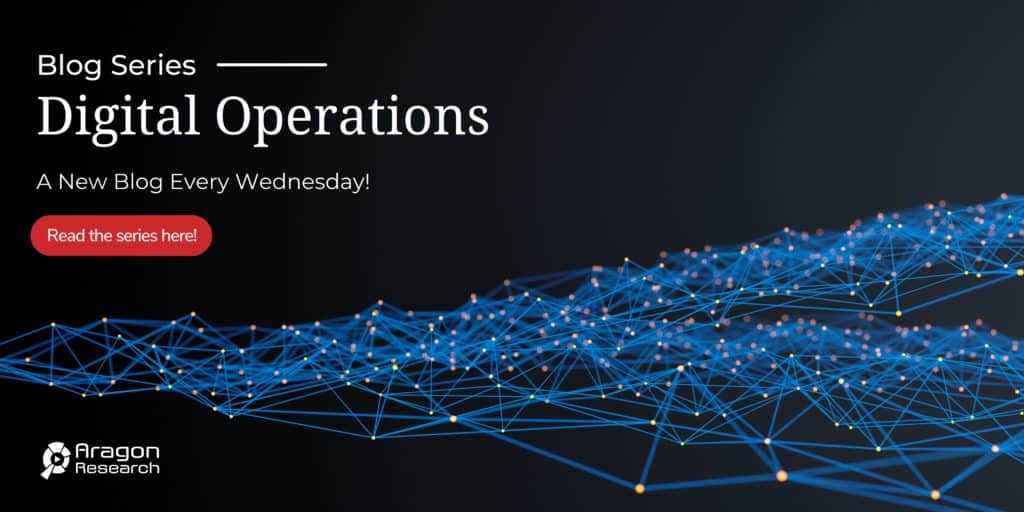HPE Acquires Juniper Networks: A Strategic Move to Accelerate Edge-to-Cloud
By: Craig Kennedy

HPE Acquires Juniper Networks: A Strategic Move to Accelerate Edge-to-Cloud
Hewlett Packard Enterprise (HPE) recently announced a definitive agreement to acquire Juniper Networks, an industry leader in datacenter networking embracing the power of AI.
They are paying $40 per share for a deal valued at approximately $14 billion and will significantly enhance their networking business.
Impact on HPE’s Networking Business
The acquisition is expected to double the size of HPE’s high-margin networking business and put them in a solid position as a major player in this market. This acquisition additionally fills a gap in their branded hardware tech stack.
Building Out the Stack Through Acquisition
HPE has a long history of making strategic acquisitions in the hardware space and embracing and improving on the technology during its assimilation. There are three major areas in the datacenter hardware space. This triad are compute, storage, and networking.
Compute—HP acquired Compaq computers in 2002 and fully embraced Compaq’s server architecture, replacing much of its server design with Compaq’s. The results are a solid design that has been embraced by enterprises, large and small.
Storage—HPE acquired 3Par, a leading storage provider, in 2010 and then Nimble Storage in 2017, building a solid family of storage offerings under the HPE brand.
Networking—HPE acquired 3Com in 2010 and integrated its technology into its network hardware, but it really couldn’t compete with the powerhouses of Cisco and Juniper on functionality. As a result, they continues to include Cisco and other networking providers hardware in its product offerings to provide a complete hardware solution.
HPE acquired Aruba, a leading provider of enterprise Wi-Fi, in 2015 and that business has been very successful. HP additionally acquired Silver Peak, an industry leader in SD-WAN technology that complemented Aruba’s Wi-Fi LAN technology.
Filling the Gap-Plus an Added Layer of Security
The acquisition of Juniper not only fills the current networking gap in HPE’s portfolio, but it will also propel them to be a leader in AI-powered networking administration and security.
Juniper has embraced AI and machine learning (ML) extensively across its family of products. Marvis, Juniper’s AI driven virtual network assistant incorporates ChatGPT technology, providing a simple conversational interface, and its Mist Risk Profiling solution defends the network by assessing the risk associated for every connected device.
Juniper Networks Advanced Threat Protection intelligence hub powered by AI and ML detects targeted attacks on the network, including encrypted traffic, and can autonomously take steps to protect the network, including zero-day threat mitigation.
Powering HPE’s Edge-to-Cloud Strategy
The explosion of AI and hybrid cloud has accelerating demand for secure, unified technology solutions that connect, protect, and analyze companies’ data from edge to cloud.
The addition of Juniper’s technology should accelerate HPE’s edge-to-cloud strategy, providing a single vendor solution across all three triads of the hardware stack to securely transport customer data from every edge to any cloud.
Bottom Line
The acquisition of Juniper Networks is a strategic move that not only fills a networking gap in HPE’s hardware technology stack, but it also strengthens their AI and security posture, and accelerates its edge-to-cloud strategy, all under their brand.
2024 is the Year of Virtual Agents for the Contact Center!
Thursday, February 15, 2024 at 10 AM PT | 1 PM ET

Contact Center 2024 – Why You Need AI Virtual Agents
2024 marks the year of Virtual Agents for Contact Centers. Building them has become easier than ever, addressing a significant challenge – handling repetitive queries.
Join us in this insightful webinar where Aragon CEO and Lead Analyst, Jim Lundy, delves into the importance of virtual agents, their capabilities, and guides you on selecting a provider for building them.
Key topics for discussion include:
- Key trends fueling the surge of AI-based Virtual Agents in Contact Centers.
- The essential functions of virtual agents within a contact center.
- What are some of the key selection criteria in selecting providers and the tools that they offer?





Have a Comment on this?